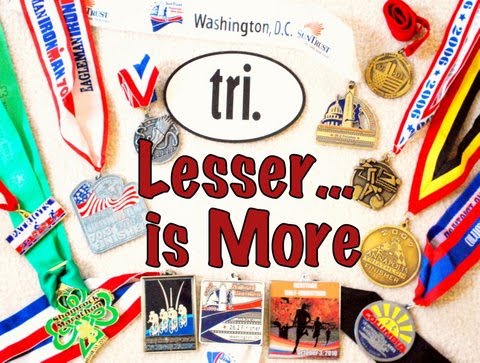 But then came along my team at work's holiday party in December. We had a raffle, with the top prize being an iPod Touch. Sure enough (even though I wasn't even paying much attention during the drawing), I won it! I was now faced with the task of figuring out what to do with it. Of course, Rebecca being the master iPod queen, helped set everything up and I was good to go chock full of music and podcasts.
But then came along my team at work's holiday party in December. We had a raffle, with the top prize being an iPod Touch. Sure enough (even though I wasn't even paying much attention during the drawing), I won it! I was now faced with the task of figuring out what to do with it. Of course, Rebecca being the master iPod queen, helped set everything up and I was good to go chock full of music and podcasts.After a couple of runs with it, I can see why people like to run with music. However, I keep the volume very low and just use it as background noise. I can still hear my breathing and footsteps. So when I am out there running solo, the company of something else on long, quiet runs is kind of nice.
But that is not what this post is about. If you've made it this far, there is a story to tell about my run at the gym last week. Due to some terrible wind, I had to move my normal weekly tempo run indoors. When on a treadmill, one needs some type of alternative distraction, otherwise the monotony is just brutal. So I set out for about an hour or so of running varied paces with the my new running buddy, my iPod.
After about 15 minutes of warm up running at an easy pace, I jumped into my main set and began picking up the speed. Shortly into the set, I glanced down at my watch to check my rising HR and make sure it matched where I should be.
(A quick side note about the treadmills at the several gyms I've been to - they are all calibrated differently and are usually WAY off, which each one reading out differently. For example, a 9:00/mile pace on one I frequently use is usually about the equivalent of an 8:20/mile and it trickles down the faster you go. So I usually use HR as a back up to help self-calibrate the treadmill to find my proper paces. At this point, I know what my different running paces feel like, so it isn't really difficult. It's just a matter of using my HR as a secondary guide to make sure it matches my feel. Just make sure you either use a properly calibrated footpod or a HRM to find your pace. Don't rely on the treadmill. Otherwise, you may not get the intended benefit of your workout if you are running faster intervals!)
As I was putting my arm back down toward my side, it slightly caught the headphone wires. And you probably know what happened next. Unfortunately, it wasn't my headphones in my ear that popped out. Oh no, those stayed secure (which on any other occasion is a great thing). My brand new iPod took a nice little bunny hop off the treadmill pocket it was sitting in and onto the treadmill belt. And because I was running at about 6:30/mile pace at the time, the belt flung it nicely off the treadmill about 5 feet behind me! In an immediate reaction that I am still trying to figure out how I managed to do without hurting myself badly, I turned to my side and jumped off the mill as I neared the edge of the belt while it still ran and picked up my helpless iPod. In the same motion, I jumped back on the mill and tried to continue on as if nothing happened. Luckily, there were no casualties...except my ego as I'm sure others looked on to see the highlight of their day.
I've been told this happens to everyone at some point. Anyone else have that happen before?
So the lesson of the day is to watch out for those pesky headphone wires! Actually, I did learn a valuable lesson that is practical to maintaining running form. The key to not snagging your headphones is by completely eliminating your arm crossover. For me, this tends to happen most often during harder running sets when I get tired and my form starts to falter. So it gives me another thing to focus on...gotta look at the brighter side of things!





